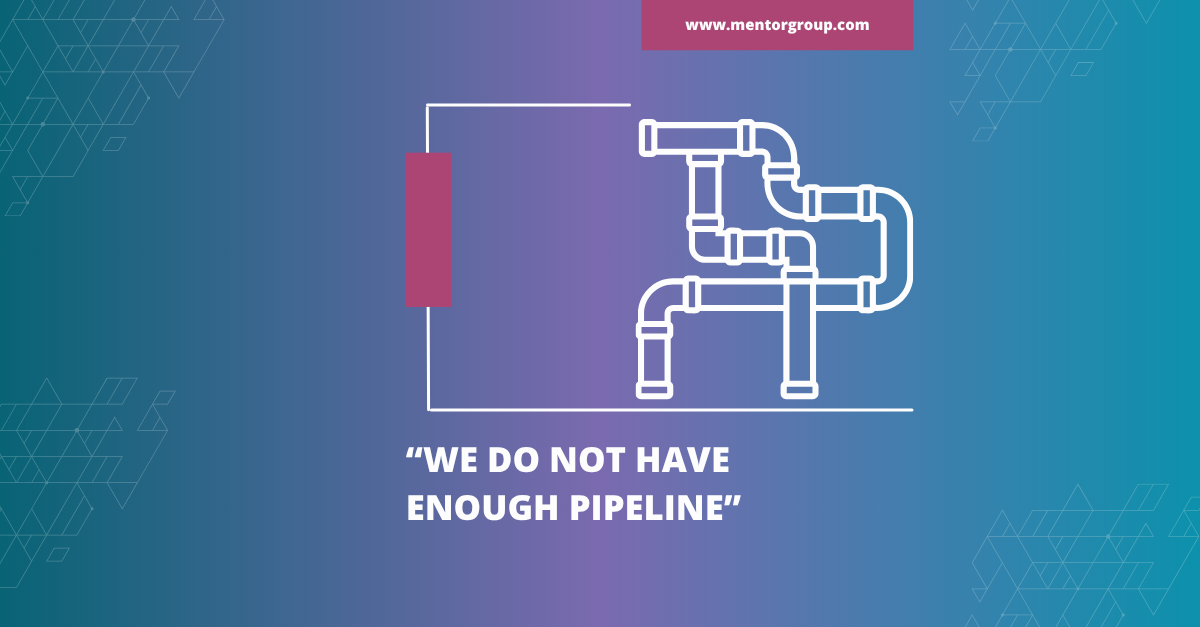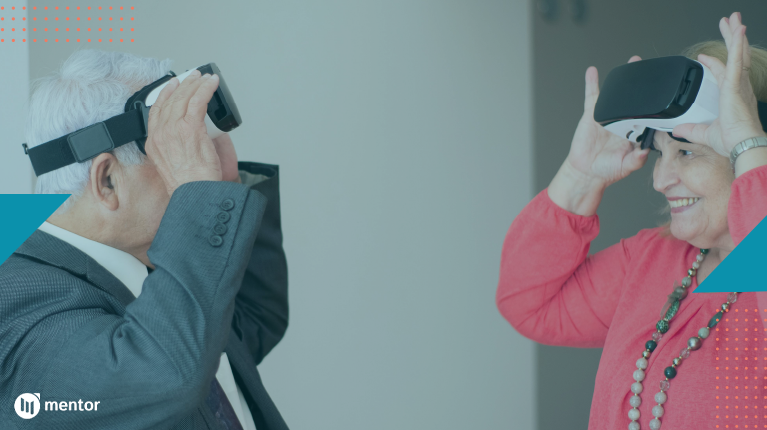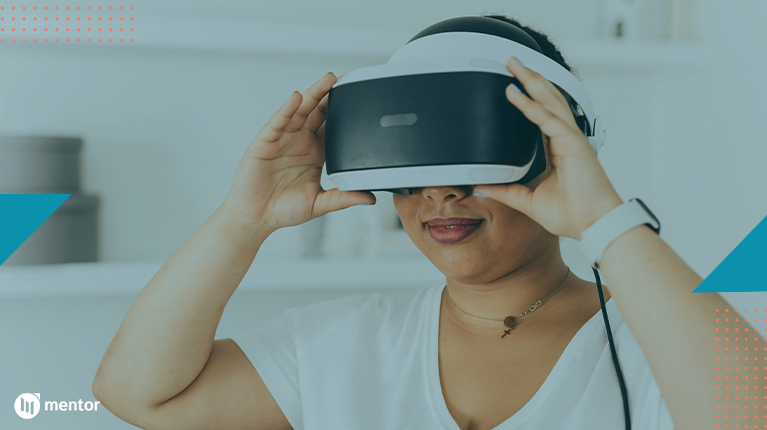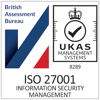
As we’ve spoken about a lot, virtual and augmented reality (VR and AR) have certainly changed the game when it comes to sales training. Techniques which used to take days can now be performed in just one, travel costs are reduced and, most importantly, these technologies can be harnessed to provide a more personalised experience than ever before.
What are modern sales training methods?
Modern sales training methods take the benefits of older methods, and use technology such as virtual reality and e-learning platforms (such as Kairos, our award-winning learning experience platform) to deliver them more effectively.
There is much we can learn from outdated training methods, but with the rapid development of technology across all industries, traditional sales training just doesn’t work anymore.
But, there’s a reason it did work for so long. That’s because the teachings aren’t necessarily wrong, the deliveries are. That’s why modern sales training methods utilise timeless practices such as roleplay based training, seminars (now webinars, but the base concept is the same), and even product demonstrations.
Traditional vs modern sales training methods
It’s important that we consider the differences between traditional and modern sales training methods, so that we can get a fully-encompassing view of how effective newer methods are:
- Modern sales training methods tend to be much more engaging than traditional methods. We may be in the professional world, but that doesn’t mean that society’s culture of rapid content consumption hasn’t affected your employees too!
Everybody needs things to be faster paced and stimulating nowadays in order to stay engaged, which is where methods such as gamification and virtual roleplays thrive. - Modern sales training methods are less time restricted thanks to easily accessible online learning platforms, and video/gamification based learning platforms which allow for progress to be saved and resumed as is convenient.
Historically, training programs may have required an employee to go all in for a whole day, but modern methods mean this isn’t necessarily the case. - Modern sales models tend to be more customer-centered and, by extension, the sales training methods are too. This is actually a very convenient match, given the eruption of virtual reality sales training methods.
Virtual reality training largely consists of practicing customer interaction, so sales representatives can work on nurturing meaningful and genuine customer relationships.

How virtual reality helps with sales training
Virtual reality is mainly utilised to facilitate roleplay based training, where a salesperson wears the headset to practice a sales pitch with an AI powered virtual customer. This customer is a realistic representation of the customers in your industry, and through AI tools, can be altered to challenge sales teams on certain points.
For example, a sales representative might need to work on their objection handling skills, so an AI customer can be coded to challenge lots of different parts of a sales pitch, and react in a way that helps with learning. None of this would be possible without virtual reality, which places the learner in a virtual environment to enter these training scenarios.
Virtual reality sales training is also very helpful simply because of the time and money it saves. A great example of this is field-based learning, something which can still be done in a real life scenario, but at great cost and risk. Field training is highly effective, there’s a reason the concept of ‘learning on the job’ is passed around so widely, and that’s because it works. However, learning on the job often means learning through mistakes, and in sales, mistakes mean lost revenue, and unhappy customers. With VR, employees can learn on the job without any of this risk, dealing with a virtual (but highly realistic) customer.
The impact that VR has on sales employees when training
VR impacts on sales employees by increasing enjoyment, engagement, and satisfaction with training programs. Historically, training programs haven’t been a prospect which excites a salesforce. The game is changing with VR training, we are able to increasingly make sales training something that employees actively want to partake in.
VR also saves time for sales employees, as it is almost always completed much faster than in-person training, and is less demanding regarding specific time windows. This frees up sales representatives to do their excellent work in the field, and make more money for their businesses.
Implementing a VR sales training strategy
Implementing a VR sales training strategy begins with developing a good understanding and relationship between the training provider and the business being trained. To succeed, we want to understand the ethos, goals, and objectives of a business before we begin any actual training.
For us, this would come in the form of a revenue velocity blueprint, through which we aim to understand the entire selling process of a business, so we can develop a VR strategy to target the areas which need improvement.
After this, VR training can be implemented. Using AI powered virtual customers, we can quickly and effectively amend any issues with a sales process, and boost revenue greatly and consistently.
If you want to learn more about how Mentor Group can help your business adopt a revenue-centric strategy, and transform the revenue potential of your organisation in the process, visit our Contact Us Page or reach out directly to info@mentorgroup.com










